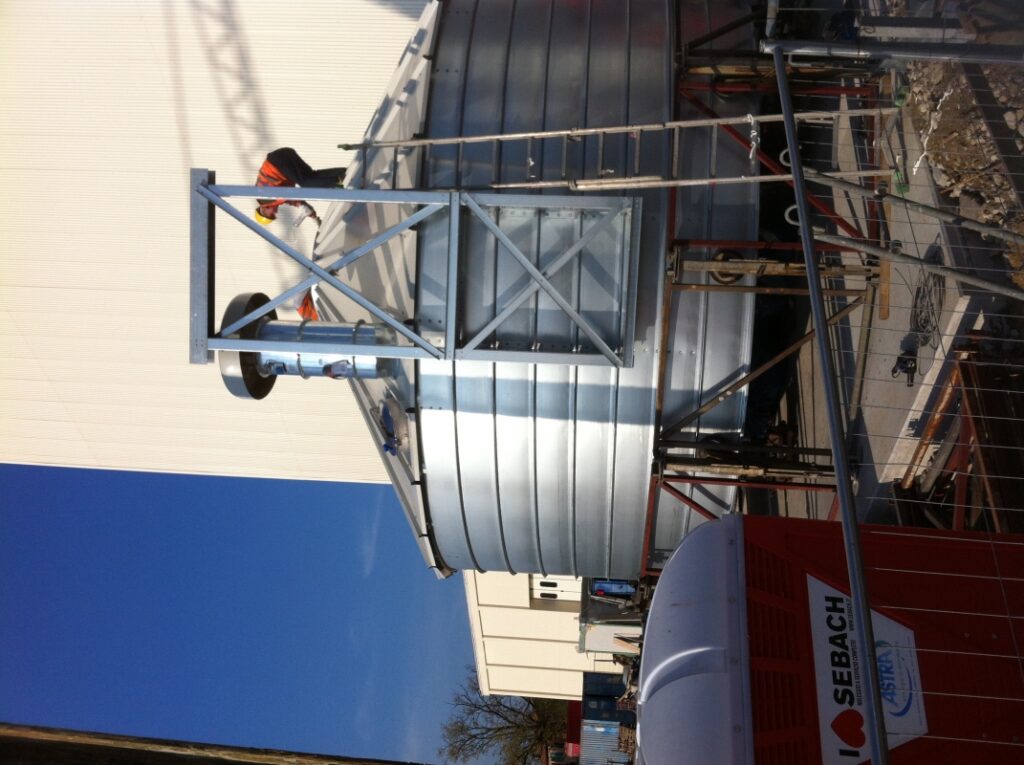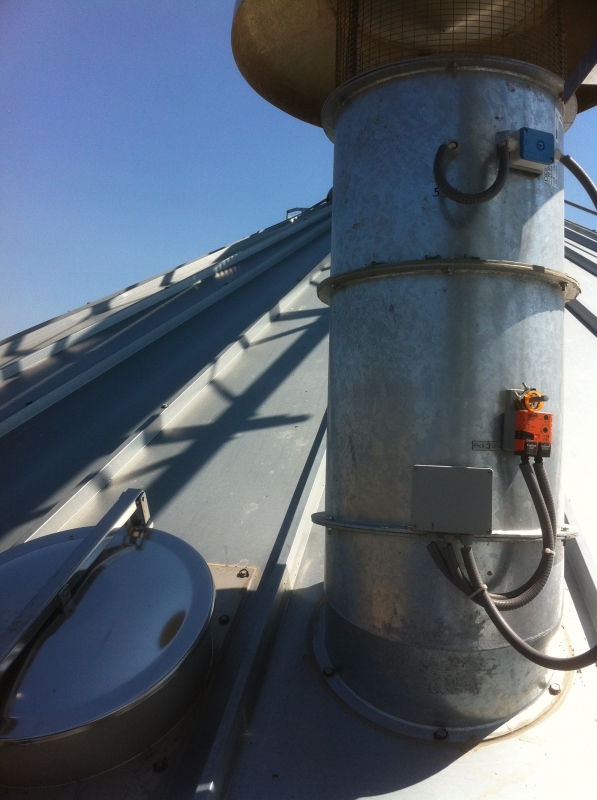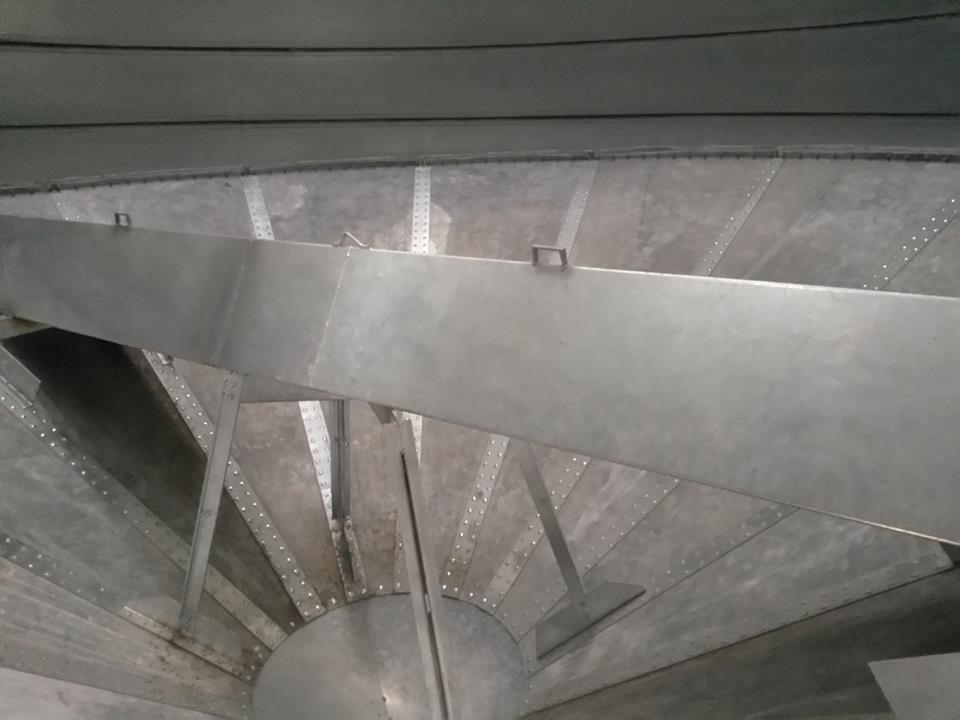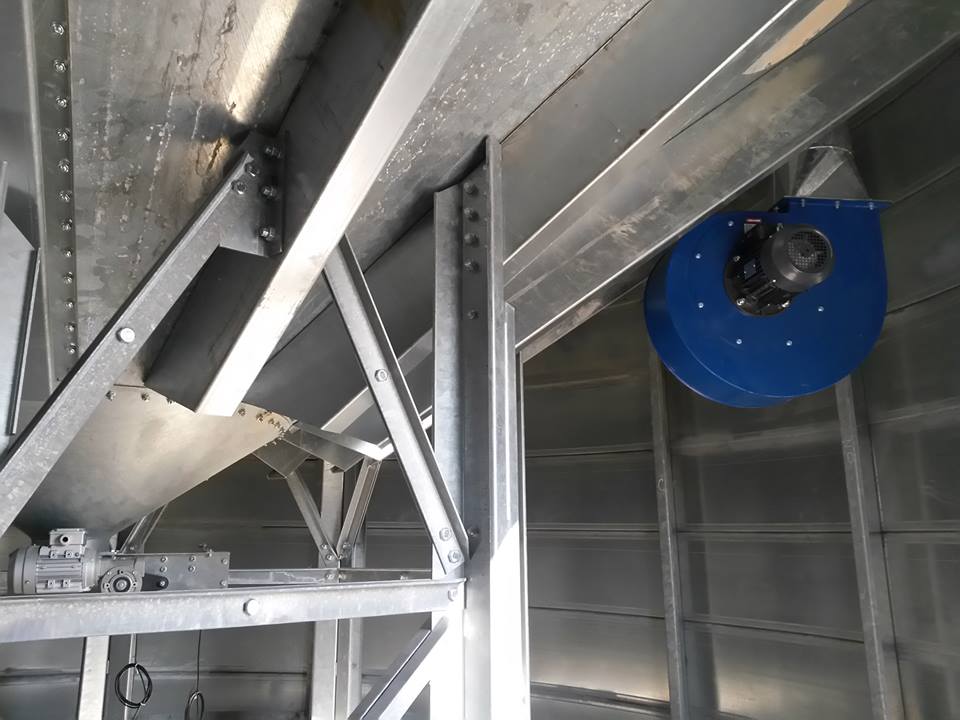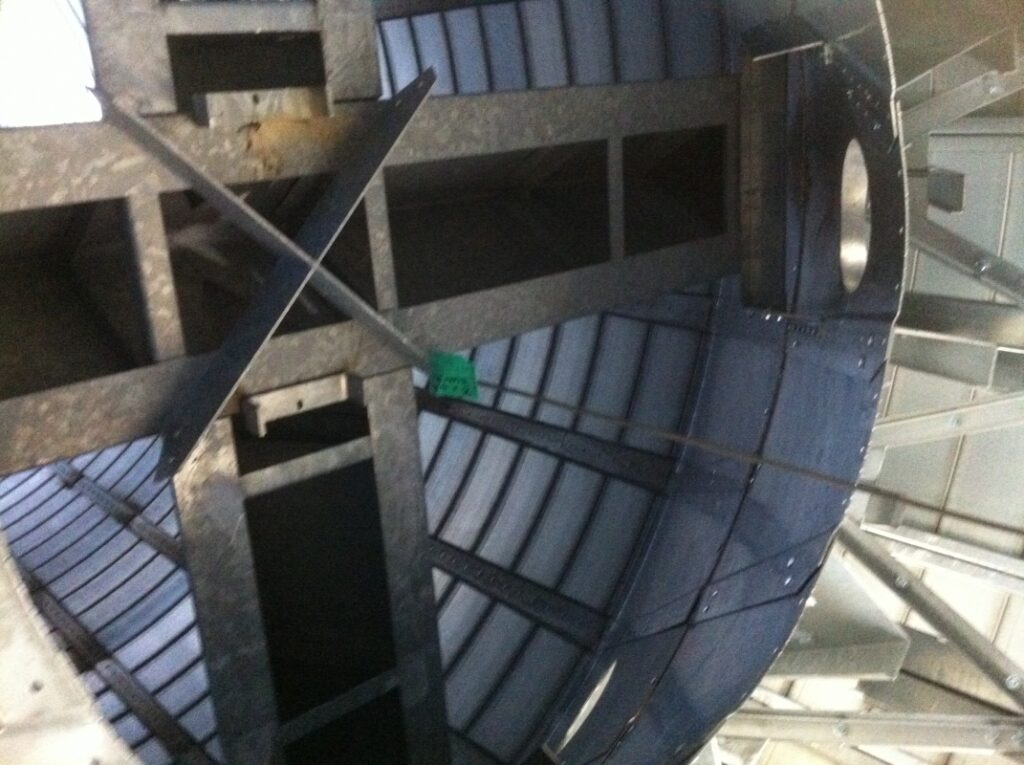Conservation of cereals
Over time, the growing awareness of consumers has generated increasing attention to the optimal conservation of ensiled products.
To ensure that the organoleptic properties of the grains can be preserved over time in the best possible way, it is generally necessary to be able to control certain parameters such as humidity and temperature.
The first treatment that Technobins always recommends, after storing the freshly harvested product, is ventilation. In flat-bottom silos, ventilation is possible by blowing air into a network of distribution channels in the reinforced concrete base. These channels can be completely metal or brick or cast in concrete and are always covered with perforated sheet metal panels with pockets. In conical-bottom silos, ventilation is possible by blowing air into a sturdy metal pan (or sheath) with an open bottom, which can have 2 or 4 lobes depending on the size of the silo and the fluid demand. Through these devices it is naturally possible to convey air at room temperature or refrigerated air to the silo (the use of refrigeration units involves non-negligible energy consumption).
The incoming air must be able to escape from the silo. This is possible in standard silos by means of vents and in the cylinder-roof junction. Unfortunately, during the ascent, the air becomes full of humidity and in contact with the roof it easily generates condensation. The latter can pose a significant risk to the durability of ensiled grains. It is therefore useful to equip the silos with anti-condensation “towers”, equipped with fans capable of extracting hot and humid air.
The roof fans can also be equipped with valves capable of ensuring sealing at the right moment. In this way, a silo without bolting in the cylindrical body (such as the Technobins spiral) and sealed at the cylinder-roof junction constitutes the ideal container for performing treatments with modified atmospheres (use of air enriched with N2, CO2, etc.). low residual oxygen. These treatments, if prolonged for a few days, eliminate the favorable conditions for the development of insects and leave no trace in the grains. In fact, they are the only treatment allowed in the conservation of organic goods.
To evaluate how and when to intervene on the silage product, a real-time temperature monitoring system becomes essential. Technobins silos can be equipped with rope thermometric probes, capable of detecting the temperature on multiple points of their length within a sphere of 5 m in diameter. The measured data are managed by software capable of communicating with the plant’s PLC. Furthermore, alarm signals can be set (when certain values of T are reached) which in fact also constitute an important means of preventing the risk of fires.
For more information, we recommend that you carefully read the manual in PDF format that can be downloaded below. We reiterate here that the explanations included are simple guidelines and that Technobins always recommends that you contact experts in the sector.


